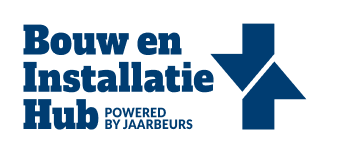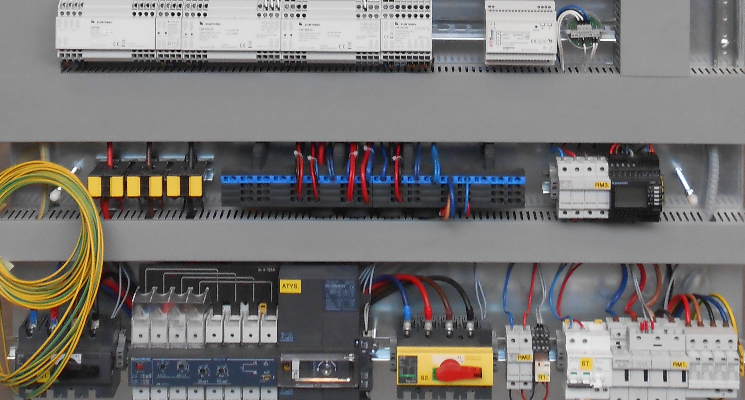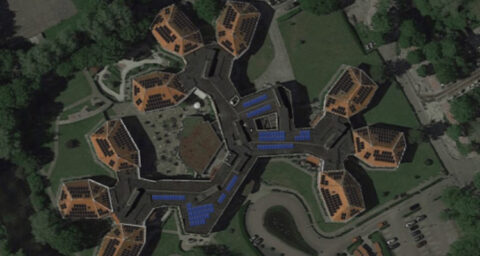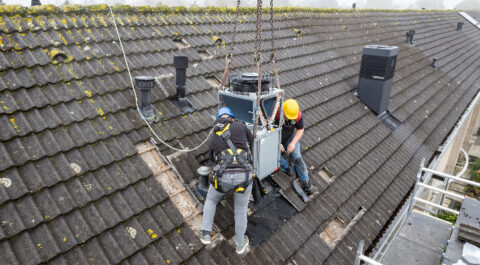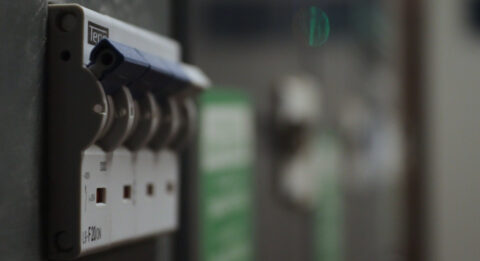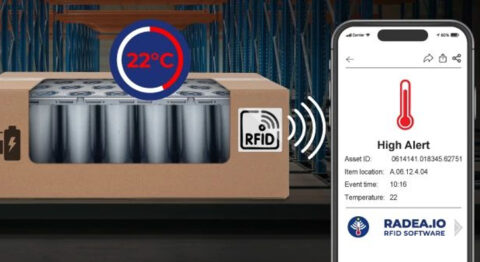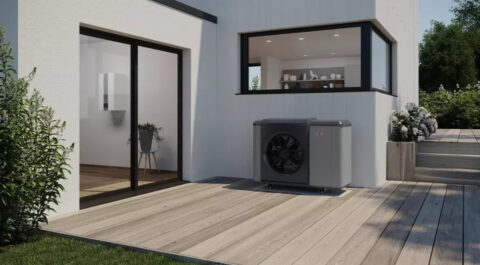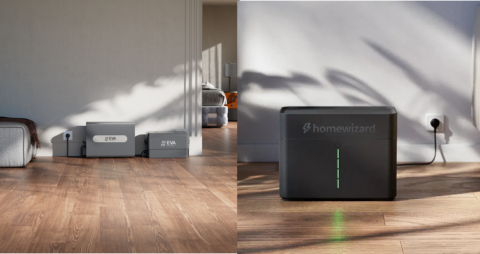Every e-installer knows them and/or has to deal with them: Scope 8, 9, 10 and 12 inspections. Employers are obliged under the Working Conditions Act to have such inspections carried out. Scope 8, 9, 10 and 12 together form the Electrical Equipment sub-scheme of the SCIOS Certification Scheme. There are two other sub-schemes: Combustion Installations (Scope 1 through 7 and 14) and Explosion Proof Installations (Scope 11). Only SCIOS-certified inspectors may perform Scope inspections.
The Electrical Equipment sub-scheme includes four inspection areas. They are: Electrical Installations (scope 8), Electrical Work Equipment (scope 9), Fire Risks Electrical Equipment (scope 10) and Solar Power Plants (scope 12). What do they entail?
Scope 8: Electrical Installations
A Scope 8 inspection identifies the touch hazard of the electrical installation. It covers the total cabling in a building, including cables in walls, floors and ceilings and loose (extension) cords. Furthermore, the inspector looks at the meter box and distributors, the earth leakage switch and all connected equipment and outlets. A Scope 8 inspection is important because a defect in the installation can cause an electrical shock, resulting in personal injury and/or damage to the installation. The Scope 8 inspection complies with NEN 3140 and the Occupational Health and Safety Act and is carried out on average every four years.
Scope 9: Electrical Work Equipment
All equipment in a company with a plug falls under the heading of electrical work equipment. That is why the Scope 9 inspection was created, derived from the NEN 3140. This NEN standard stipulates that electrical equipment must be inspected regularly. The inspector checks that the devices are not defective and that they function properly. Work safety is also a concern; is the equipment being worked on safely, with as little risk of injury as possible?
Scope 10: Fire Risks Electrical Equipment.
The Scope 10 inspection is not a mandatory inspection, but an insurance company may require it as a condition when it comes to providing fire insurance. A defect or malfunction in electrical equipment can easily lead to fire. This inspection provides insight into the fire risks of a company's electrical equipment. At the basis of the Scope 10 is the NTA 8220. NTA stands for Nederlands Technische Afspraken and the 8220 is the assessment method for fire risks of electrical equipment, i.e. fire risks with an electrical cause. The NTA describes what should be assessed visually and what measurements are required. In a Scope 10 inspection, the inspector inspects the entire electrical system and wiring in a commercial building, including outlets, the meter box, ground fault circuit interrupter and connected equipment.
Scope 12: Solar installations
A Scope 12 inspection is not required by law (yet). However, the insurance industry generally does make a Scope 12 inspection a hard requirement. Many insurers set the limit at fifty solar panels, but there are some that require a Scope 12 report as early as forty. In a Scope 12 inspection, the inspector assesses the solar installation for fire hazards and electrical safety. He/she inspects the solar panels, the connectors, the inverters, the connection in the meter box, as well as the load-bearing capacity of the roof.
